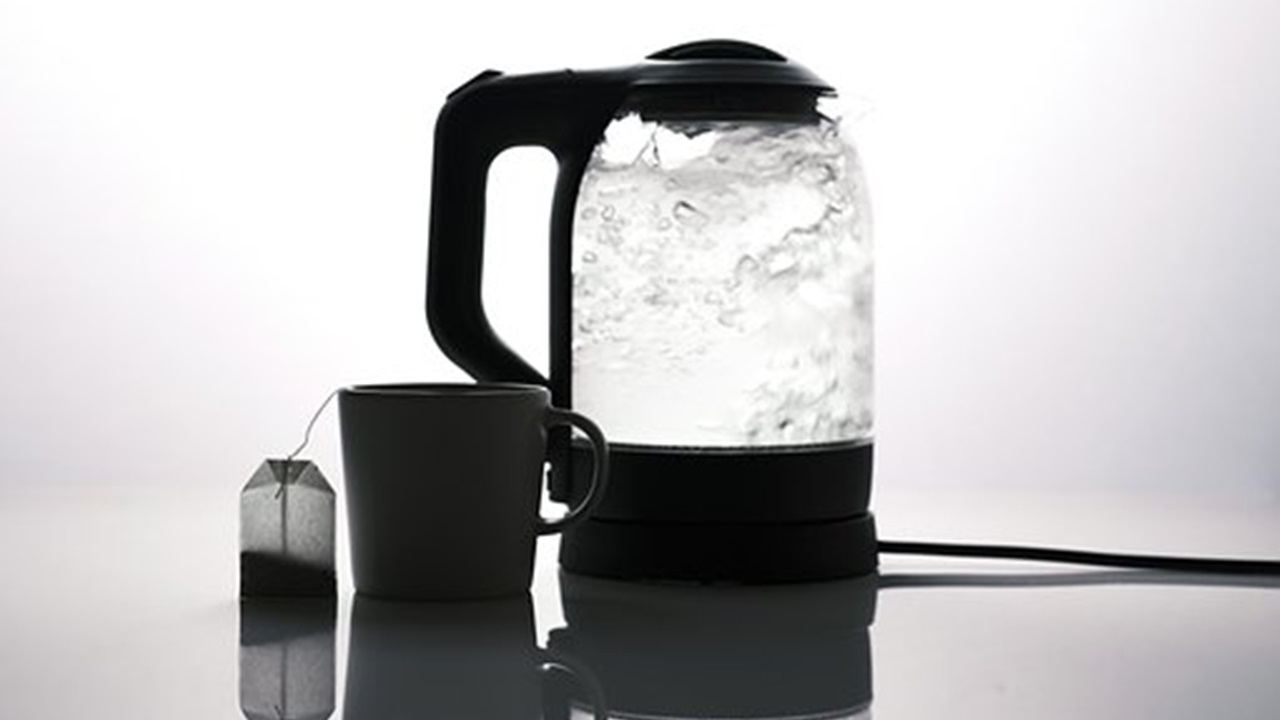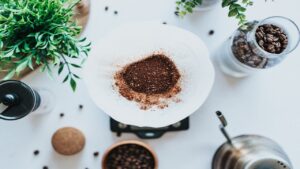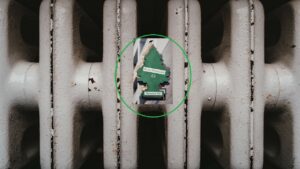Kettle Full of Limescale? Try These Tricks
The kettle is a small appliance used to quickly bring water to a boil. With a simple flick of a switch, you can have hot water ready for tea, herbal infusions, or cooking pasta in just a few minutes. However, this handy device has a small flaw: the water inside tends to accumulate limescale.
Limescale is a sedimentary rock primarily composed of a mineral called calcite. The water flowing from our taps contains various dissolved substances, including calcium carbonate, magnesium, and indeed calcite. Besides causing unsightly stains, it affects surfaces and ruins them. This is why an object like the kettle, constantly in contact with water, tends to accumulate limescale. So let’s see how to clean it and ensure it returns to its old splendor. Today, we’ll look at effective and, more importantly, fast methods. Just a few minutes will be sufficient to eliminate limescale.

How to descale your kettle
The first effective ingredient for combating limescale is lemon. The cleaning power of lemon is based precisely on the presence of citric acid. Simply take a lemon, cut it into slices, and add it to the water in the kettle. Turn on the heat, bring it to a boil, let it simmer for a few minutes, and then rinse it. You’ll have a clean and pleasantly scented kettle.
Another effective remedy is citric acid. Dissolve 100 g of citric acid in half a liter of water, bring everything to a boil, and then rinse the kettle.

Another highly effective ingredient is white wine vinegar. Fill the kettle with a mixture of half water and half vinegar, bring it to a boil, turn off the stove, and let it sit overnight. After the required time has passed, empty the kettle, fill it again with water and let it boil.
As a last resort, you can turn to baking soda. Mix 3/4 of water, 1/4 of vinegar, and 1 tablespoon of bicarbonate of soda in the kettle. Bring the mixture to a boil, turn off the heat, and let it rest overnight.





